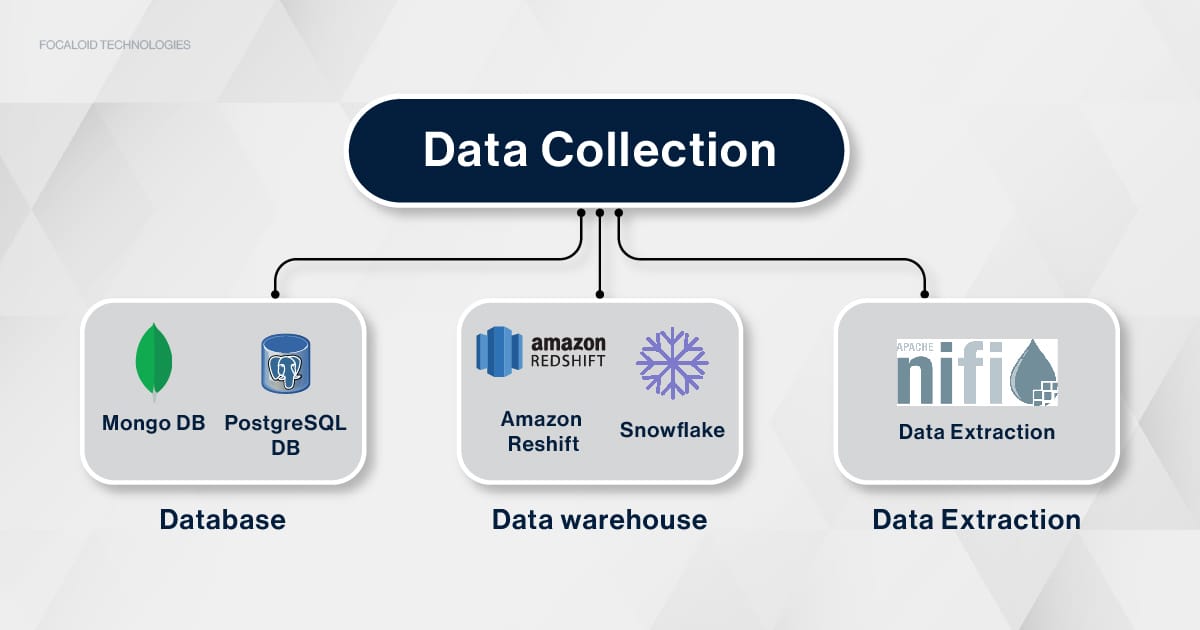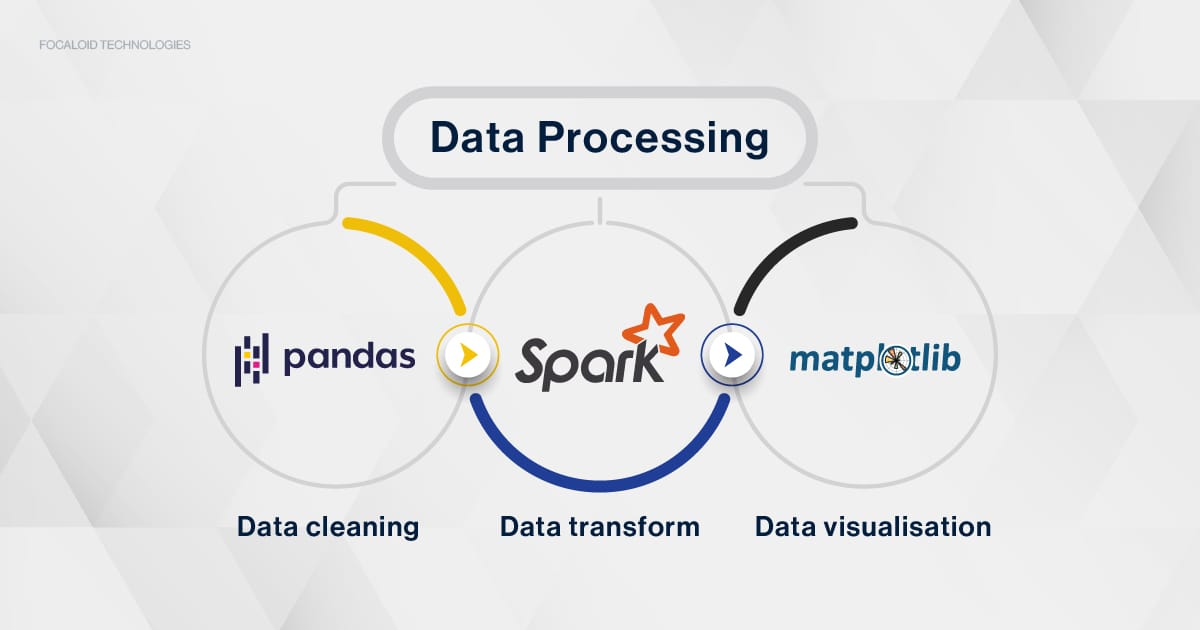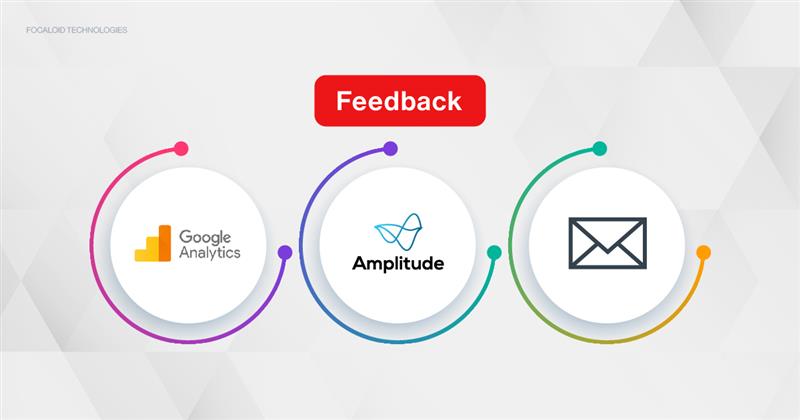In today’s data-driven world, businesses are constantly seeking innovative ways to stay ahead of the competition and cater to the evolving needs of their customers. One such innovation that has gained tremendous importance is the implementation of recommendation systems. These intelligent systems have reshaped the way companies interact with their customers, delivering personalized suggestions and driving sales like never before.
Imagine a scenario where your online platform understands your customers’ preferences as if it had a sixth sense. It can effortlessly recommend products, services, or content that align precisely with each user’s interests, increasing user engagement and conversion rates. This is the power of recommendation systems, and in this article, we’ll take you on a journey through the intricacies of building one for your business.
From the initial stages of data collection and preprocessing to the selection of appropriate algorithms, model training, and ongoing optimization, we’ll guide you through every step of the process. By the end, you’ll have a comprehensive understanding of how recommendation systems work and how they can become an asset in your business intelligence arsenal.
So, whether you’re a data enthusiast looking to explore the world of recommendation systems or a business owner eager to boost customer satisfaction and revenue, fasten your seatbelt as we embark on the exciting journey of creating a recommendation system tailored to your unique needs. Let’s dive in!
SQL Databases: PostgreSQL, MySQL, or cloud-based databases like Amazon RDS.
Data Warehousing: Amazon Redshift, Google BigQuery, or Snowflake for handling large datasets.
Data Extraction: Tools like Apache Nifi or Talend for extracting data from various sources.
Steps:
Python Libraries: Pandas for data manipulation and cleaning.
Data Transformation: Apache Spark for large-scale data preprocessing.
Data Visualization: Matplotlib and Seaborn for data visualization.
Steps:
Python Libraries: Scikit-learn for feature extraction and transformation.
NLP Processing: NLTK or spaCy for natural language processing tasks if dealing with text data.
Steps:
Collaborative Filtering: This method recommends products based on the behaviour and preferences of similar users or items. Libraries like Surprise, scikit-surprise, or custom implementations.
Content-Based Filtering: It recommends products based on the attributes and characteristics of items a user has interacted with. Custom implementations using Python.
Hybrid Models: Combine both collaborative and content-based filtering for improved recommendations.
Steps:
Machine Learning Frameworks: TensorFlow, PyTorch, or scikit-learn for training recommendation models.
Steps:
Python Libraries: Scikit-learn for metrics like precision, recall, and mean squared error.
A/B Testing Tools: Optimizely, Google Optimize for measuring real-world performance.
Steps:
API Development: Use frameworks like Flask or Django for building API endpoints for your recommendation system.
Cloud Services: AWS Lambda, Google Cloud Functions, or Azure Functions for serverless deployment.
Steps:
Experimentation Platforms: Apache Jupyter for running experiments and fine-tuning models.
Automation: Tools like Jenkins or CircleCI for automated testing and deployment.
Steps:
User Analytics: Google Analytics, Mixpanel, or Amplitude for tracking user interactions and feedback.
Feedback Loops: Implement mechanisms for users to provide feedback on recommendations.
Steps:
Cloud Computing: AWS, Google Cloud Platform, or Microsoft Azure for scalable infrastructure.
Containerization: Docker and Kubernetes for containerization and orchestration.
Data Encryption: Use SSL/TLS for data in transit and encryption at rest.
User Authentication: Implement secure user authentication and access controls.Compliance: Ensure compliance with GDPR or other data privacy regulations.
Steps:
Monitoring Tools: Prometheus, Grafana, or Datadog for system performance monitoring.
Regular Updates: Schedule routine model retraining and updates.
Steps:
In conclusion, building a recommendation system for your business can be a game-changer. From data collection to model optimization, each step plays a pivotal role in delivering personalized recommendations that enhance the user experience and drive growth. By staying agile, adapting to user feedback, and prioritizing privacy and security, your recommendation system can remain an asset that keeps your business ahead of the curve. So, embrace the power of recommendations and watch your business thrive.




